Extend your yoga beyond the physical: How to design an integrative practice
12Some time ago one of my students reported to me: “I was watching this movie last night about an assassin who was doing yoga to stay in shape.” What’s wrong with that picture? Just a simple fact that yoga is not meant to be a series of physical contortionisms, but a life philosophy with non-violence being one of the main points. Therefore, “doing yoga” shouldn’t be just about getting physical exercise, but also about building one’s self-awareness.
Integrative practices attempt to do just that. They are the practices that use breath and movement AND some other additional element(s) – chanting, meditation/visualization, ritual or prayer. Designed skillfully, integrative practices have the potential to affect the student on a deeper level, in a more profound way, because they reach across multiple levels of the human system: physical, physiological, mental-emotional and spiritual. (Read more about 5 dimensions of human system)
Integrative practices are more difficult to design and implement because the teacher has “more balls in the air” so to speak, which makes it harder to juggle. On the physical level all principles of sequencing asana still apply; then there is a layer of breath awareness that needs to be interweaved throughout the practice; AND on top of that there is a chant or a theme or some other content that needs to tie it all together. It takes time to develop the skills of artfully combining the elements into an integrated whole.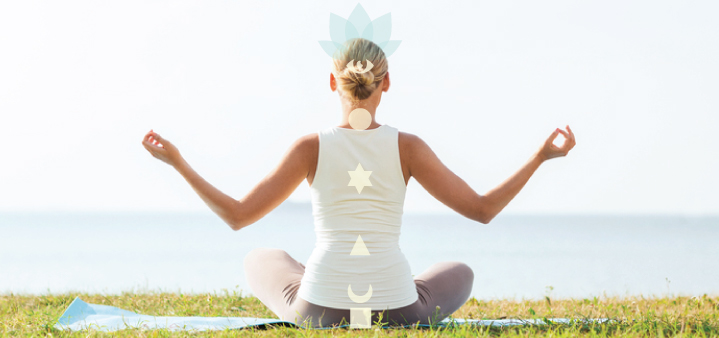
BEFORE you decide to teach an integrative practice, make sure that your students are ready and interested. It’s not for everyone. It can be wise to use some elements of chanting, meditation, etc. to test the waters and observe the response you get. For example, integrating the idea of gratitude in some form before the Thanksgiving holiday probably won’t surprise or offend anyone, but even that remains to be seen.
An integrative practice needs to have a clear intention with ONE dominant element that becomes a theme. That dominant element needs to be carried throughout the practice with other elements (asana, breath adaptation, etc.) playing a supportive role. That means that the asanas that you select for the practice should be familiar to the students and not too challenging, thus not requiring detailed instruction (otherwise it becomes distracting); the breathing pattern should be simple and easy to follow.
The theme needs to be woven throughout the practice and supported by other elements. For example, in a class with the intention of “heart opening” you might choose an image of creating space around your heart with every inhalation as a dominant element. Your supportive elements may include a variety of back bends; emphasis on inhalation, possibly with retention of breath; symbolic gestures indicating openness and receptivity; and at the end a meditation on the image of the heart as a rose bud slowly opening with every Inhalation.
Refrain from throwing in the elements that you do habitually, without specific purpose. For example, if you usually begin your class by asking your students to set an intention for the practice, their intention may conflict with and distract from the intention that you’ve set for them. WHATEVER YOU CHOOSE TO DO, DO IT FOR A REASON, with a purpose of actualizing your intention.
Less is more. Simple, uncluttered practices with fewer elements that are carried consistently throughout tend to have a more profound effect on the student. Let’s say you want to design a practice around the idea of seeing clearly, “The light that illuminates darkness”. You might be tempted to use a number of different elements: some sort of light visualization + symbolic gesture of covering the eyes + Gayatri mantra + meditation on the personal journey from darkness to light + candles + trataka (gazing at the candle) + poem by Rumi, etc. While all those elements are certainly worthy of inclusion in the practice, you need to prioritize and pick the ones that will help you carry your intention forward without extra clutter. Following the example above, you might choose to make the Gayatri mantra a dominant element and incorporate it in several ways throughout the practice along with symbolic hand gestures and meditation on personal journey at the end.
Move from gross to subtle. In a traditional yoga practice asana prepares for pranayama, and pranayama prepares for meditation. This reflects the gradual movement of attention from gross (physical body) to more subtle (breath awareness) to even more subtle (attention itself). In integrative practices we usually follow the same pattern, progressively moving from gross manifestation of the theme to more and more subtle layers.
Be specific. Tell them EXACTLY what to do without trying to control their experience. In the course of the integrative practice you need to be precise with your instructions concerning gestures, chants, imagery, etc. Your goal is to provide a framework of the practice and to guide their attention, but each student’s response will be highly individual.
Don’t leave them hanging. Yes, yoga practices can and do stir up emotions, especially integrative practices. It’s OK for your students to have those experiences as long as they are done for a specific reason, NOT for the sole purpose of stirring up emotions! And make sure to lead your students to a place of more balance and better comprehension. Their issues will probably not get resolved by the end of the practice, but at least they can leave the class with awareness and more clarity about the issue.
Take time to plan an integrative practice, especially at the beginning, and edit, edit, edit!
Example of an integrative practice
STUDENTS: Small class of experienced students interested in integrative practices
INTENTION: To achieve better mental clarity using the image of light
CONTEXT: Early evening class (5pm), yoga studio
CONTENT: Sutra 1.36 Vishoka va jotishmati – Meditating on the light brings mental clarity.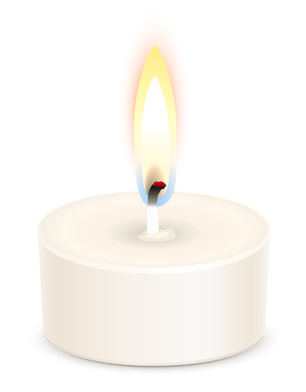
Using the sutra to connect to the meaning and to measure the length of the breath.
Supportive elements:
- Image of fire in the belly, heart and mind
- Progressive abdominal contraction on EX throughout the practice
- Kapalbhati
- Emphasis on simple Twists and Forward bends

Log in to your Sequence Wiz account to get the entire sequence for this practice The light that dispels darkness (under Shared Sequences)
Learn more about Sequence Wiz membership
[jetpack_subscription_form]

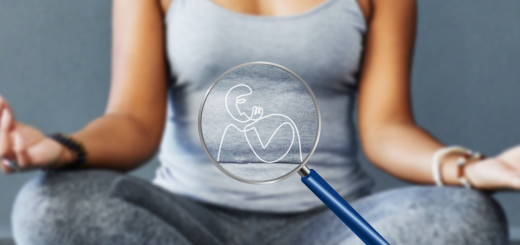
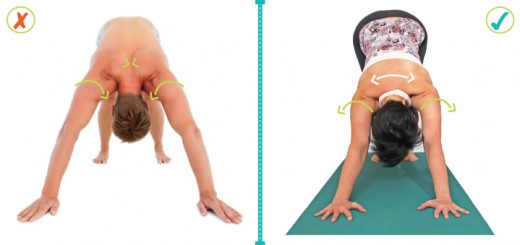
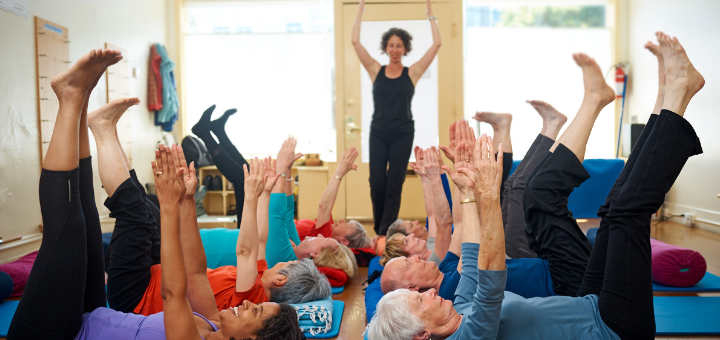
















Olga, you rock!
I’ve never received so much valuable knowledge from online blog posts… but you, oh you just rock it!
Thank you and keep up the great work!
Love,
Sandra
Thank you so much Sandra! Your enthusiastic response makes me feel so inspired! 🙂
Thank you Olga
You are very welcome Fran, glad you found it useful.
Olga, yours is the only blog that I religiously read every time it comes into my inbox, thank you for your commitment to bringing yoga to the masses!
🙂 🙂 Thank you Julie!
Hari Om Olgaji
You have ‘Applied Yoga at its Zenith’!
Yogicly
Abhinandan
Thank you Abhinandan!
wow this is really interesting! I struggle to integrate yoga philosophy into my classes especially during the more dynamic parts of the practice. I find that it is easier to bring it up during the more yin poses although I really want to create more meaningful practices.
This is very inspiring 🙂
I hear you Anne-Laure! Personally I found that picking a simple concept and sticking with it works very well. That way it can actually have an impact on the students and thy will remember it!
Love the practice! Do you think that Kapalabhati is perhaps a bit too brahmana/energizing for a 7pm practice? Some people may not be able to sleep afterwards. It may also be a bit too close to after dinner for some people for Kapalabhati… Candle-gazing, or Drishti, might be more appropriate for an evening practice instead. What do you think?
Hi Anna; I completely agree! I would probably only do a round or two of Kapalbhati for the sole purpose of clearing the head (it is “skull shinning after all) 🙂 I probably wouldn’t worry too much about dinner since Kapalbhati is placed at the end of the practice. But to make it more appropriate, I’ll change it to 5pm, since I agree with you – early evening after work and before dinner would be more appropriate for most people. Thank you for catching that!